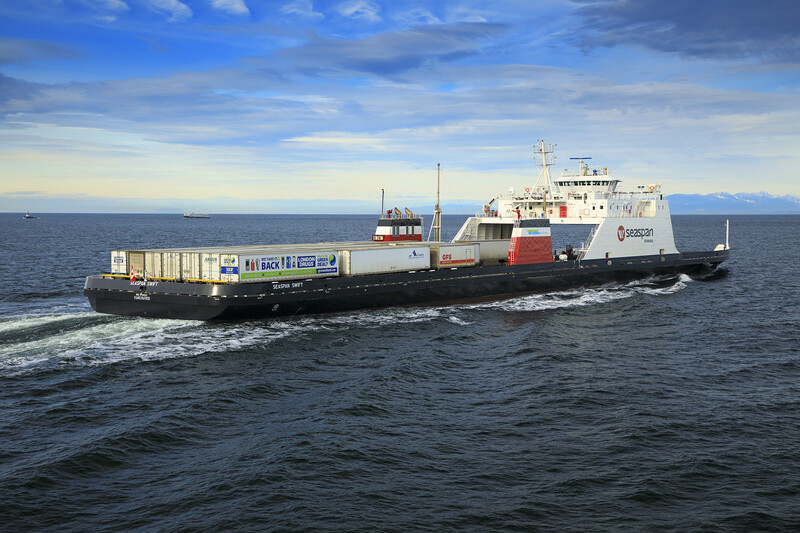Canada’s Seaspan Ferries has joined forces with utility FortisBC to start supplying renewable natural gas to its LNG-powered ferries, as part of a pilot project.
Seaspan Ferries, part of Seaspan, said in a statement it became this week the first Canadian marine company to pilot the use of RNG to reduce greenhouse gas emissions produced by its roll-on, roll-off LNG-powered marine fleet.
The firm expects that data from the pilot would confirm that RNG can help reduce greenhouse gas emissions by more than 85 percent versus traditional diesel fuel.
Also, the company said it has worked closely with FortisBC to secure a source of certified carbon-neutral RNG.
“Renewable natural gas, when used in our fleet in conjunction with traditional natural gas, will allow us to move towards our emissions reduction goals and make a real impact on our carbon footprint,” said Harly Penner, director of fleet engineering and vessel development at Seaspan.
“It also allows us to leverage the growing production of RNG in our region,” he said.
RNG production on the rise
FortisBC’s RNG program re-opened to new subscribers on October 15 this year as the company has been successful in “dramatically increasing” supply over the last year.
By the end of 2021, FortisBC expects it will have tripled its RNG supply from 2020 and could potentially triple it again by the end of 2022 if expected projects proceed on pace.
“We know that our future is a renewable one – so when Seaspan approached us about being a part of an RNG pilot for marine LNG vessels, we were tremendously excited,” said Mike Leclair, vice-president, major projects and LNG at FortisBC.
“Using renewable natural gas for marine LNG has the potential to be an emissions game changer for the sector and is yet another example of how renewable gas development is transforming our natural gas infrastructure into a delivery system for carbon-neutral energy, supporting B.C’s climate action goals,” he said.
Two new LNG ferries
Seaspan Ferries operates a daily commercial ferry service between terminals on British Columbia’s Lower Mainland at Tilbury in Delta and Surrey, and on Vancouver Island at Duke Point Nanaimo and Victoria.
The firm has two LNG-powered vessels in its fleet and two on order at Damen.
Damen won an order back in 2019 to build two 149 meters long LNG-powered ferries. They will have 209 cbm LNG storage as well as two megawatt-hours of battery capacity.
OMV Petrom recently delivered LNG to the first vessel in this batch, Seaspan Trader, in Romania.
Seaspan Ferries previously said it had expected to take delivery of both of these vessels in 2021.

